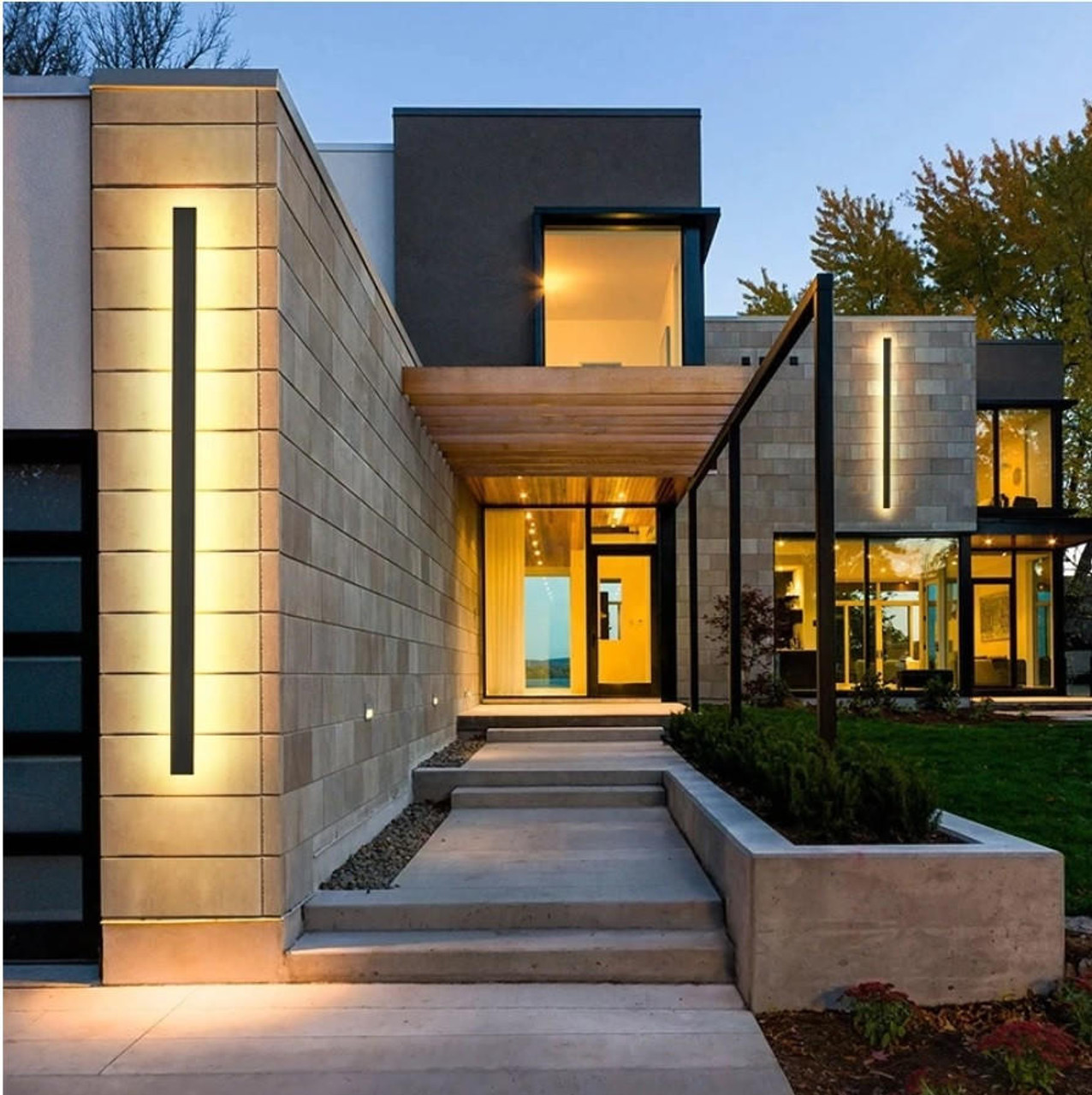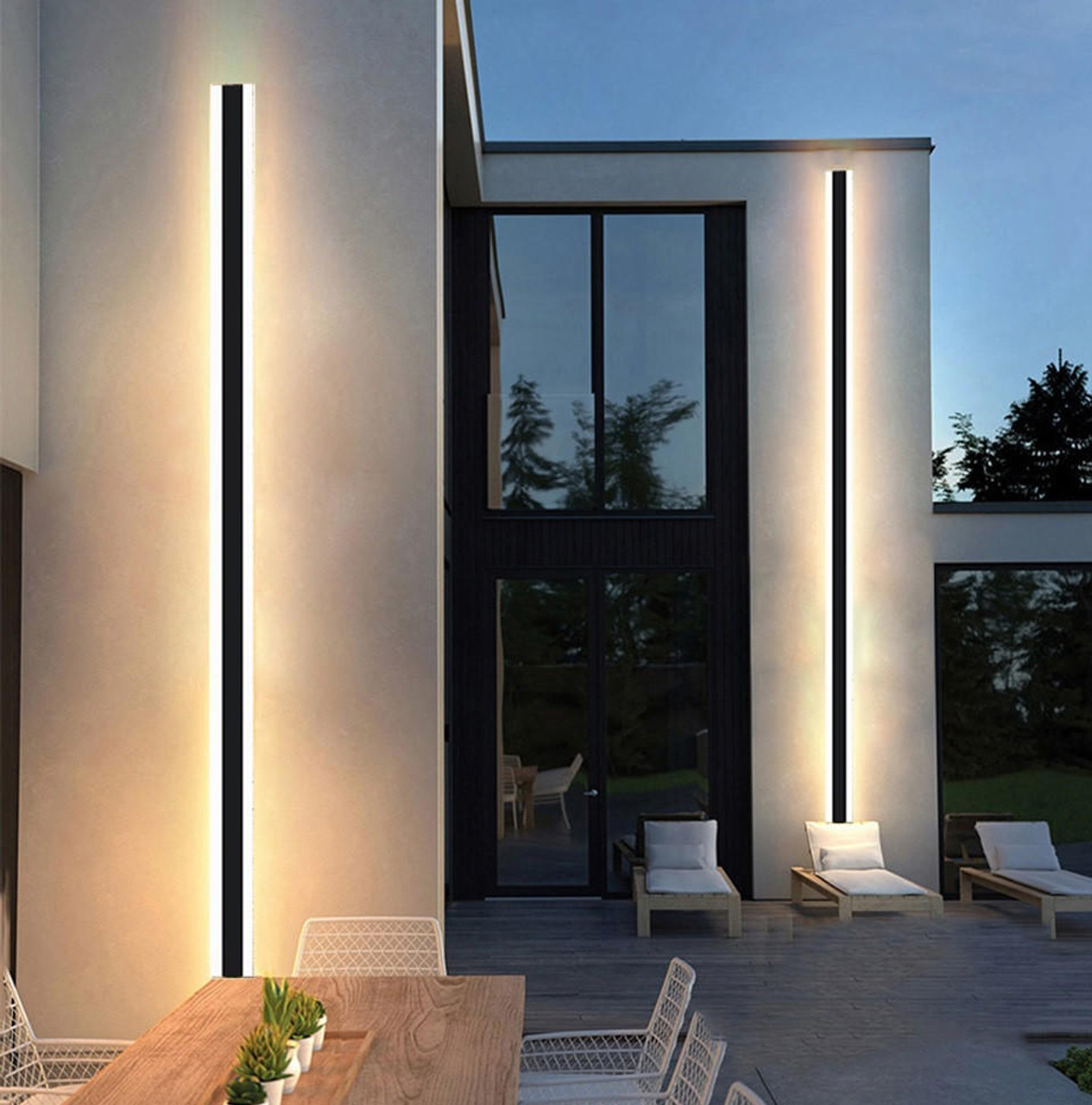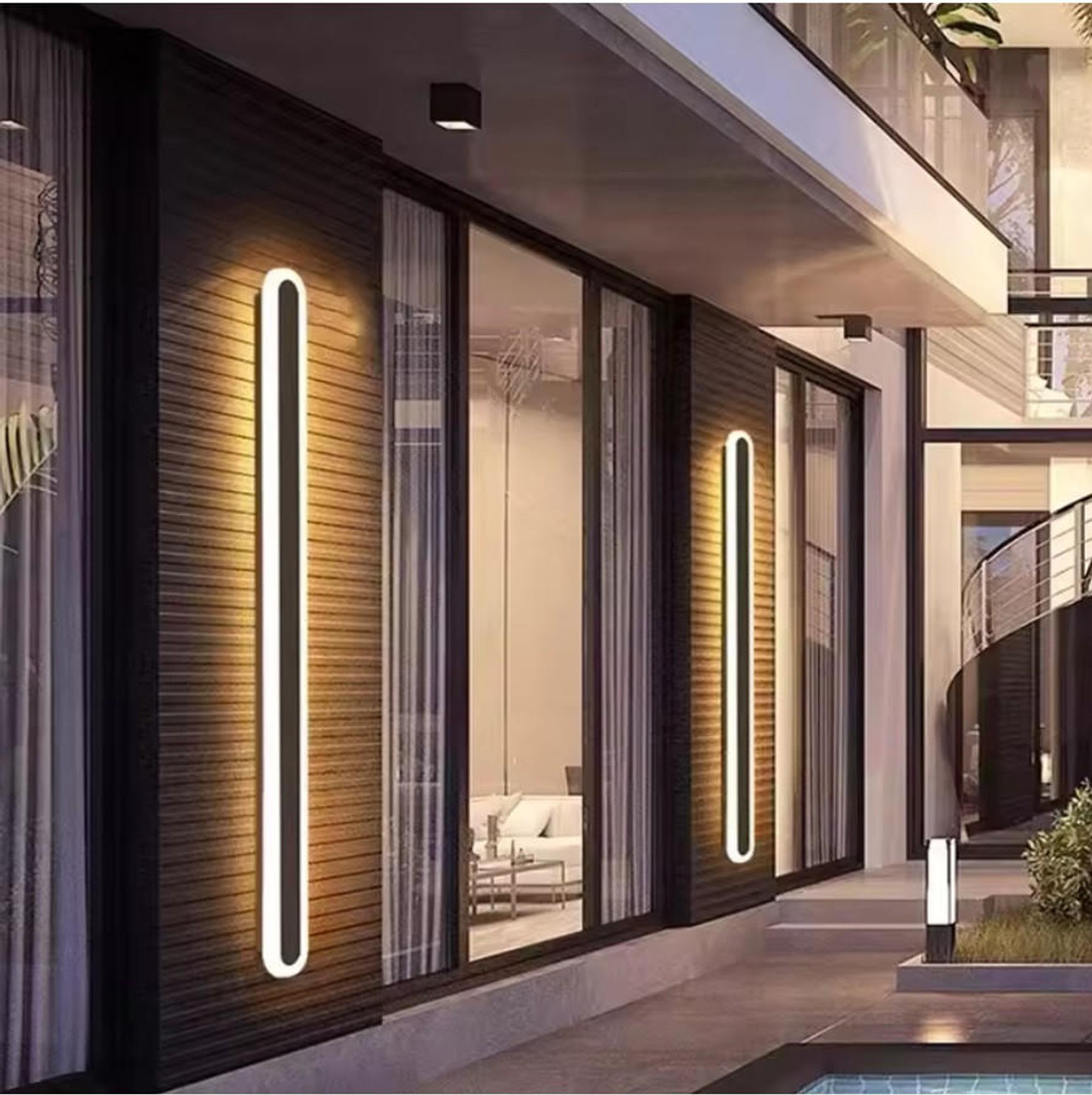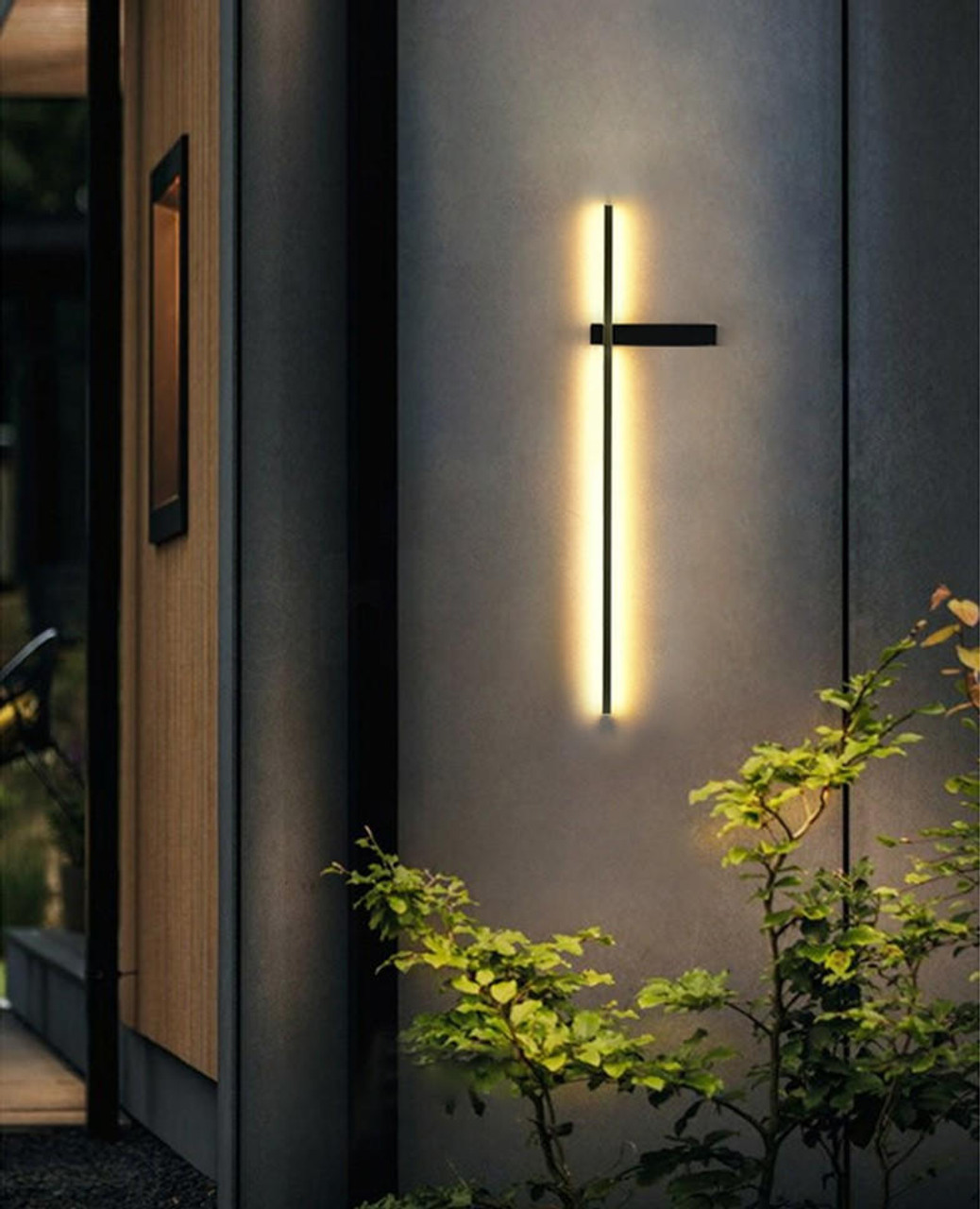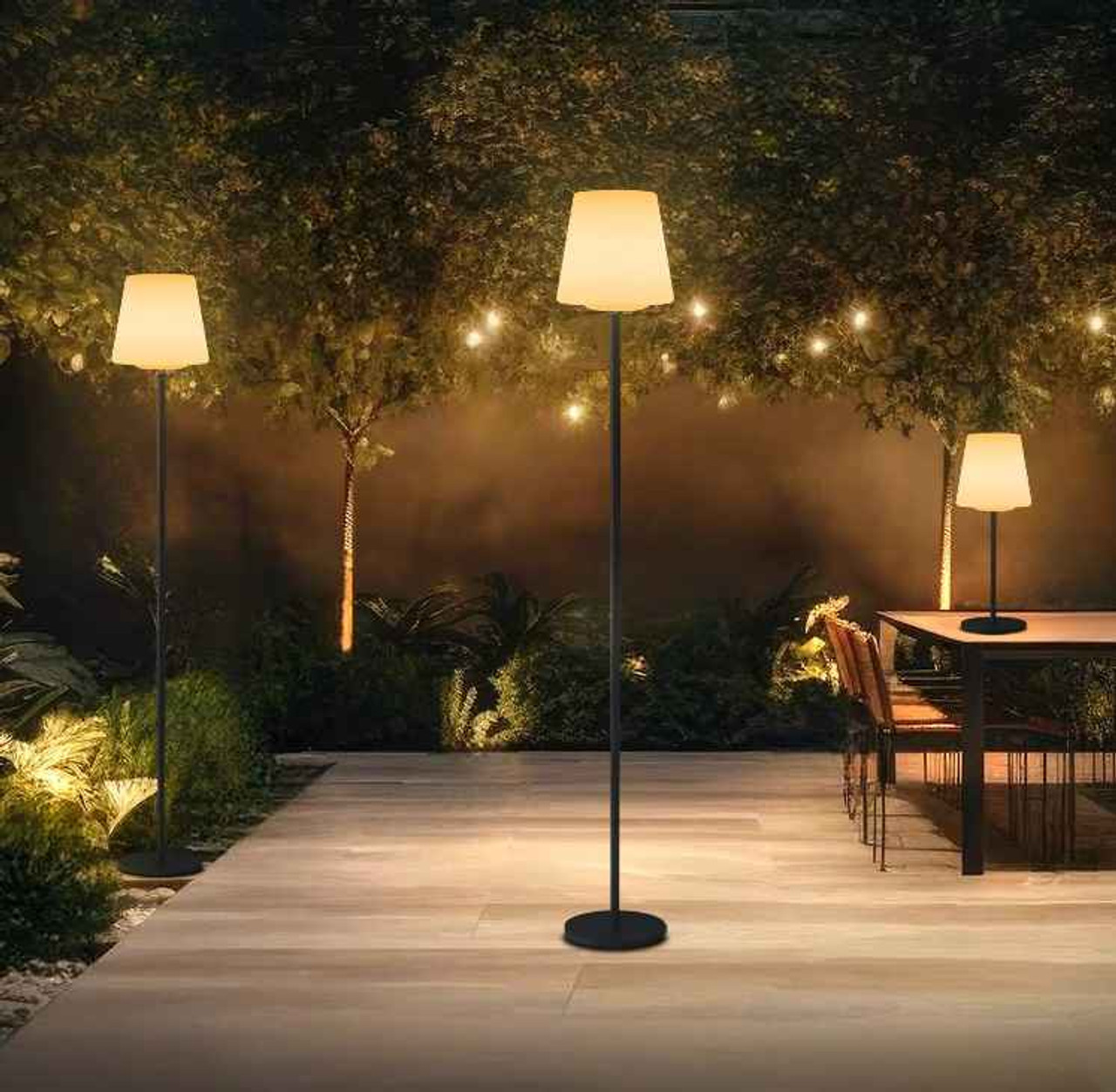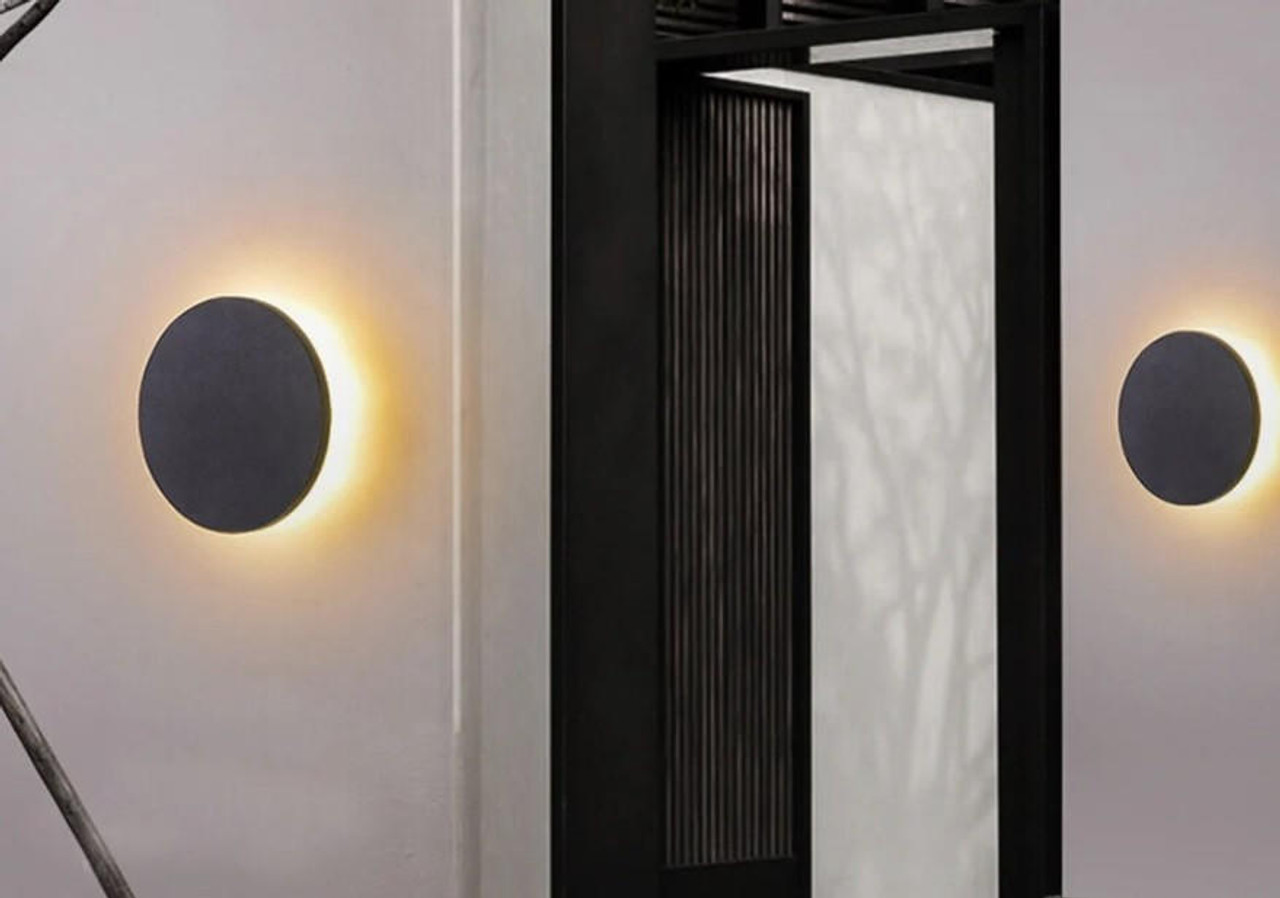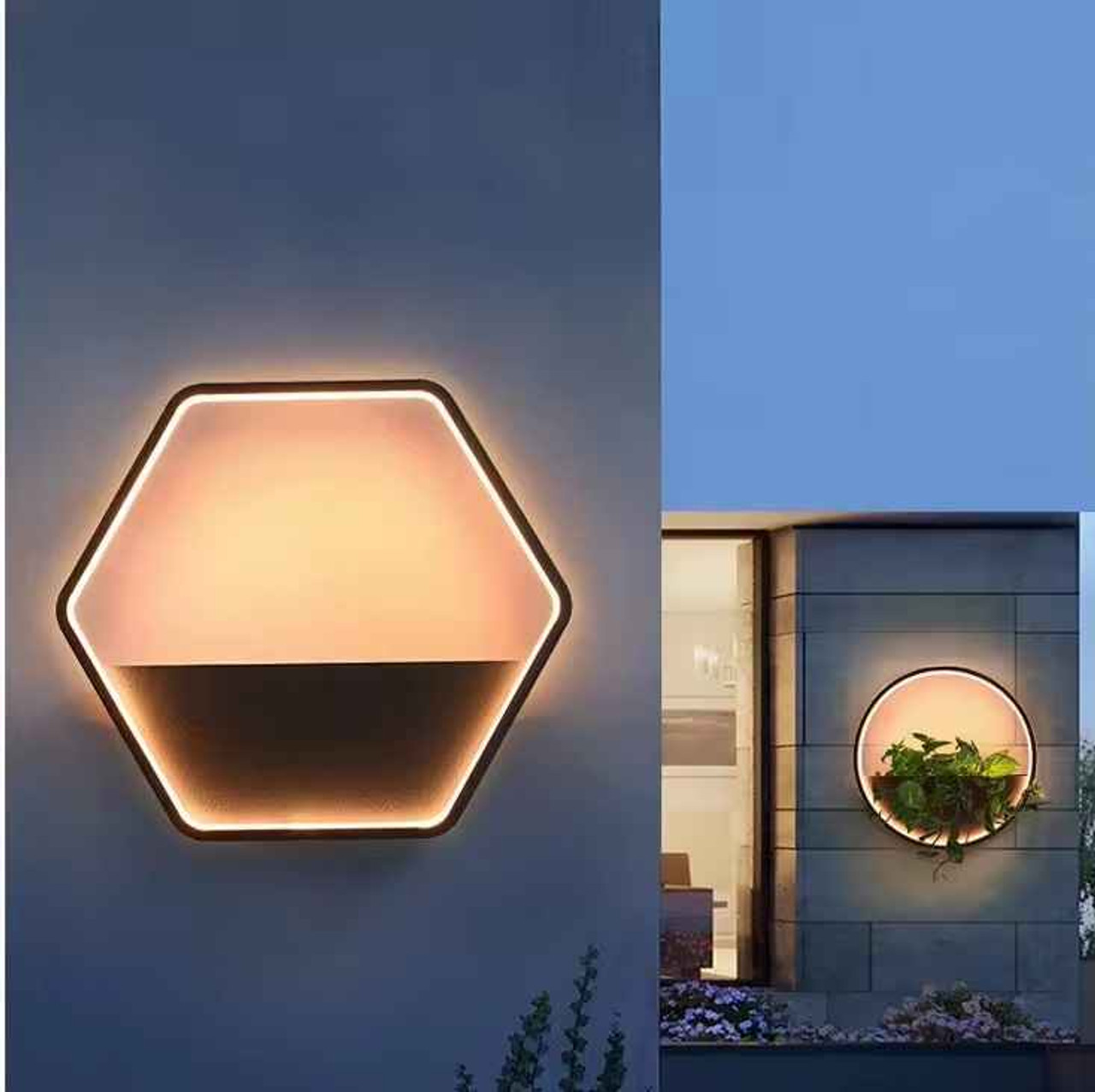5 Key Strategies for Success at Building Material Trade Shows
Posted by Rachel Parkinson - Architect on 14th Sep 2024
In the world of architecture, design, and construction, building material trade shows represent critical moments of convergence, where industry leaders, designers, and innovators gather to showcase the latest in building products, sustainable materials, and emerging technologies. These events have evolved from simple exhibitions of goods to multifaceted platforms where the dialogue between product and context becomes an architectural event in itself.
Trade shows are not just arenas of commerce but spaces of narrative. They are the temporary theaters where products, materials, and solutions tell stories about the future of architecture and design. The goal is to create environments that evoke the same kind of response that architecture does—engaging the senses, inviting participation, and communicating complexity. Success at these shows requires a strategic approach that considers everything from booth design to storytelling.
Drawing inspiration from Charles Jencks's deep analysis of meaning in architecture, this article explores how companies can transform their participation at building material trade shows into an architectural success by using design, interaction, and narrative to captivate the audience.
1. Design Your Booth Like an Architectural Space: Form Follows Function, But Add Meaning
One of the first lessons of modernist architecture is that form follows function, but as the postmodernists—especially Jencks—reminded us, form also carries meaning. A trade show booth is not just a structure that displays your products; it is a space that communicates the identity, values, and vision of your company. At building material trade shows, your booth should serve as a microcosm of your larger architectural philosophy.
Think of the booth as an exhibition space or a pavilion within the trade show environment. Like a pavilion at a world’s fair, it should attract attention and provide an immersive experience. Consider the visual and sensory impact of your materials, and how the layout and design of the booth can shape the audience's experience. Materials should be presented not just as samples but as integral elements of the architectural environment that create a sense of place.
The use of height, space, and even lighting design in the booth can engage visitors as if they were entering an architectural space, with meaning embedded in every corner. Create pathways that guide visitors through your products as if they are on a journey, each section revealing more layers of what your brand stands for. This is where Jencks’s theory of architectural pluralism comes into play—multiple meanings can coexist in the same space, and a well-designed booth will communicate these layers to visitors on multiple levels.
Your materials themselves can become part of the booth’s structure. For example, if you are showcasing a new type of sustainable concrete, use it to form the actual walls or floor of the booth. This allows visitors to interact with your product in a real-world context, bridging the gap between the conceptual and the tangible.
2. Tell a Story: Communicate the Narrative Behind Your Products
Jencks emphasized that architecture is not just about function, but also about meaning, symbolism, and storytelling. Similarly, the materials you present at building material trade shows are not isolated objects; they are part of a larger story about how they contribute to the future of building. What narrative are you telling with your materials? How does this material fit into the broader story of environmental sustainability, technological innovation, or human-centered design?
A narrative-driven approach makes your products more than just commodities—they become part of an evolving dialogue about the future of construction. Engage visitors by framing your materials within contemporary architectural challenges: energy efficiency, climate resilience, urban densification, or modularity in building systems. For example, if you are showcasing new eco-friendly insulation, the narrative shouldn’t just focus on its technical specifications but also on how it contributes to a larger shift toward net-zero buildings or green city initiatives.
Use visuals, videos, and even live demonstrations to communicate this story. Visitors should leave your booth not just with samples or brochures, but with a clear understanding of how your product fits into the architectural landscape of tomorrow. They should feel inspired by your vision and understand how your materials solve real-world problems.
At the heart of your narrative should be an authentic commitment to innovation. Architects, designers, and builders attending building material trade shows are looking for products that address the critical challenges of our time. By framing your materials as solutions to these challenges, you create a deeper, more meaningful connection with your audience.
3. Engage Visitors Through Interaction: Make It Experiential
Trade shows are inherently social events, where people come to exchange ideas and information. Therefore, engagement and interaction are critical to standing out. In the same way that postmodern architecture invites interpretation and participation, your trade show booth should encourage interaction, inviting visitors to touch, experience, and understand your products on a deeper level.
Architects and builders don’t just want to see a sample on a pedestal; they want to understand how it performs, how it feels, and how it integrates into their projects. Design your booth with interactive elements that allow visitors to test, explore, and engage with your materials.
For instance, if you are presenting a new type of exterior cladding, offer a digital interface where visitors can see how the material reacts to different weather conditions. Demonstrate the material’s durability or show how it integrates with other building systems. Interactive screens, VR installations, and tactile displays help to make the visitor’s experience more immersive and memorable.
Additionally, live demonstrations or scheduled talks at the booth can further engage your audience. If possible, have product experts or even the designers of your materials present to explain the technical details, offering insights that go beyond the surface level. This transforms the trade show experience from passive observation to active participation.
4. Leverage Digital Tools: The Intersection of Technology and Architecture
Incorporating technology into the architecture of your booth can provide an additional layer of meaning and functionality. As buildings become more integrated with digital tools—smart sensors, automation, and AI—the booths at building material trade shows should reflect this shift.
Virtual reality (VR) and augmented reality (AR) are particularly effective at these events, allowing visitors to experience your materials in different contexts. For example, they could walk through a simulated building where your product has been applied or see how your product performs over time. These digital tools can communicate the flexibility and innovation behind your materials in ways that static displays cannot.
Integrating technology also shows that your company is forward-thinking, embracing the technological advancements that are reshaping the construction industry. From digital twins to AI-driven material analysis, showcasing how your products fit into the future of smart buildings will leave a lasting impression on architects and designers who are increasingly incorporating these tools into their projects.
At the same time, leverage social media and digital marketing during the event. Use real-time updates, live-stream product demonstrations, and interactive hashtags to reach a broader audience beyond the physical event space. Encourage visitors to share their experiences at your booth, further amplifying your brand’s presence.
5. Follow Up with Meaningful Connections: Build Relationships, Not Just Leads
Success at building material trade shows is not measured solely by the number of business cards collected or leads generated. It’s about building long-term relationships with potential partners, clients, and collaborators. Jencks would argue that meaning in architecture is derived from the relationships between parts; similarly, the success of a trade show is defined by the connections formed between people.
Following up after the trade show is crucial. But more than just a generic follow-up email, take the time to personalize your outreach. Reference specific conversations or ideas that were discussed at the booth, and offer tailored solutions or insights that address the challenges of the people you met.
Engage in ongoing dialogues with architects, designers, and builders who visited your booth. Offer them valuable content—case studies, white papers, or invitations to exclusive product launches—that continue the conversation beyond the trade show. These meaningful connections are what turn a one-time event into long-term partnerships that drive success.
Conclusion: Transforming the Trade Show Experience
Building material trade shows are much more than marketplaces for selling products—they are architectural events in their own right, spaces where the past, present, and future of construction converge. To succeed, companies must approach these shows with the same level of design thinking and narrative intention that goes into any architectural project.
By designing booths as immersive architectural spaces, telling meaningful stories about their products, engaging visitors through interaction, leveraging digital tools, and building long-term relationships, companies can elevate their presence at building material trade shows. This strategy not only creates an impactful experience but also positions the company as a leader in the evolving world of building materials and design.


